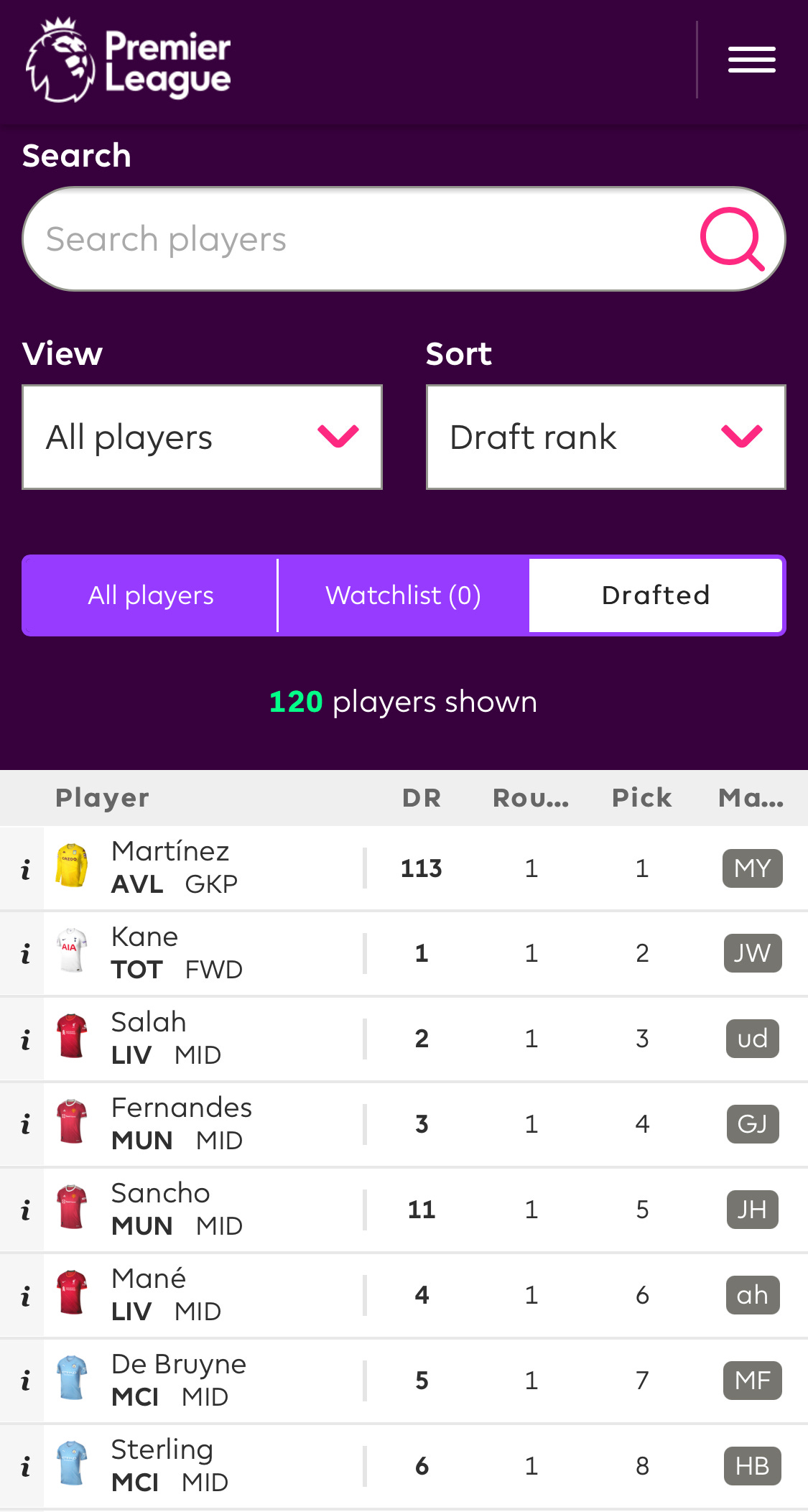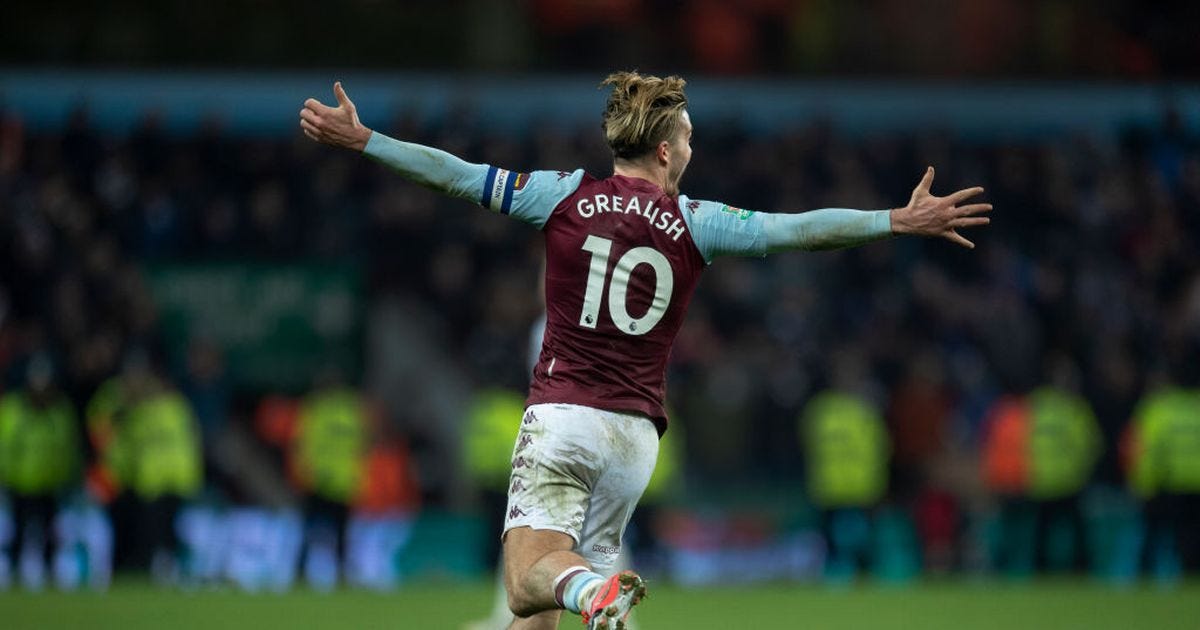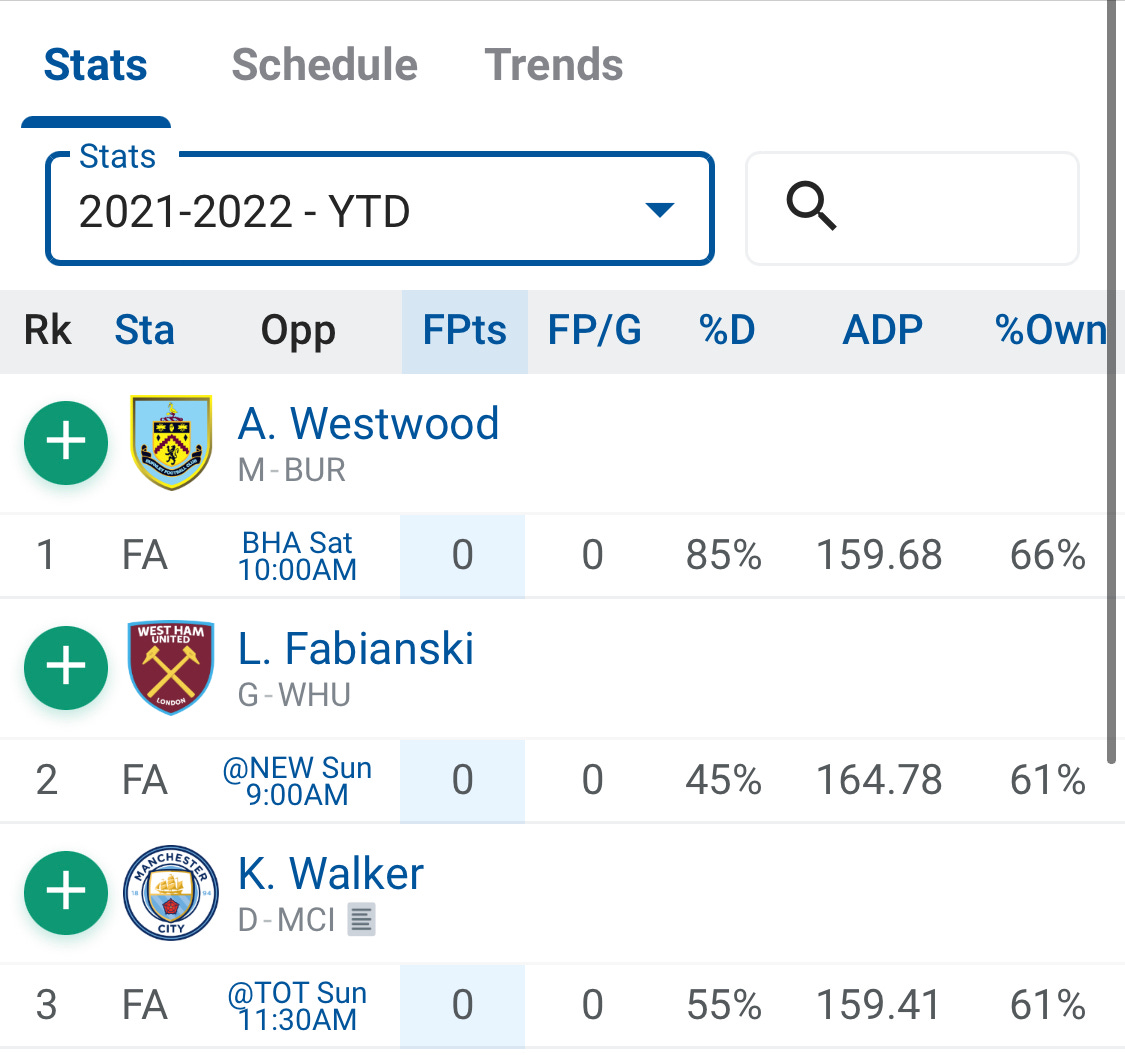If the world is in any way reflected in the interactions I have on Twitter (and please, let’s not make this the standard for anything, ever) then there is a growing tide of new managers testing the waters of FPL Draft. If you’re reading this because it popped up on some RT’d OFPL account and you were like “hey, interesting I’ll read it”, welcome. This game is great. I love the draft version of FPL, I co-founded the now defunct, previously largest FPL draft platform (RIP Togga), co-created the scoring which is now broadly used across a number of FPL draft games as their ‘default’ scoring, and have written about FPL for FourFourTwo, The Athletic, Sports Illustrated, NBC Sports and other outlets big and small. It’s fair to say I understand the game. And after reading this article, you will too.
So What Makes Draft Different?
Smart question. You’re going to crush this. The primary difference is that you are picking a team of players that is unique to you, in your league. Draft leagues are not comprised of a global leaderboard thousands or millions of accounts deep. To play you’ll need a group of friends or strangers; 8-12 players make for the most enjoyable leagues where you have enough competition to mix it up but there are enough talented players in the Premier League to give everyone a good squad and a chance to win.
Simply put, what makes draft different is the draft itself. If you’ve never played any American-style fantasy sports, the easiest way to think of a draft is like choosing sides in the park. Everyone picks a player from the group, in rounds, until everyone is picked. There’s your fantasy team. You can still make transfers to add and drop players across the season from the pool of unselected players or swap players with other managers in your league, but if you pick Mo Salah in the draft, he’s on your team and only your team for the season. Most drafts are done in serpentine order, that means the person who drafts first in the first (and odd numbered rounds) drafts last in the second (and all even numbered rounds), alternating back and forth for 15 or 16 rounds.
You can play any legal formation, usually the typical seven we’re all used to, and manage your roster yourself without any salary cap or other constraints. Want to draft 15 players from Crystal Palace? You can…well, you can as soon as Palace signs some more players. I don’t think they’ve got 15 on their actual roster.
Is That It?
Well, no, or maybe not. The Official Premier League offers a draft game which uses the same 15-player roster size and position requirements (you must have two goalkeepers, five defenders, five midfielders and three forwards) and uses the same scoring as the FPL game which you’re already used to playing. So if that’s your game you’ll be in good shape to move seamlessly into draft and you’ll want to focus on the players with big tallies in goals, assists, clean sheets and saves!
For many draft leagues on other platforms, there is deeper scoring which helps provide more value for defenders, defensive midfielders and lower-scoring attacking players. Statistics like tackles won, chances created, and The big names, big-scoring players like Harry Kane, Salah and Bruno Fernandes are still the best players to own, but guys like Jack Grealish, Christian Benteke, N’golo Kante and James Tarkowski also get their due for all of the other parts of their game.
The largest current draft games are the OFPL game and the Togga-style game on Fantrax. Fantrax does offer the opportunity to participate in a mock, or practice, draft so you can test the speed and mechanics of the draft experience. It can be a bit overwhelming the first time so try and process all of the data in the draft room, track the picks as they happen and ensure you’re building a good team. The Mock Draft room on OFPL is very poor and you’re better off setting up a Private League using it to host a mock draft of your own, and then deleting the league after the practice is over.
Of course, to help with that process I write a whole Draft Guide every summer complete with sample drafts, player ranks, cheat sheets, and articles including insight, stats and analysis to make sure you’re prepared for your draft. If you’re brand new, I would recommend just getting a monthly subscription for a month or two to use important resources like sortable statistics pages compiled specifically for OFPL, my person Top 200 OFPL players ranked overall and by position on a single, printable cheat sheet to use on draft day, and mock drafts with analysis so you can see how me and other FPL writers build our teams in a real draft scenario. If you’re experienced, the annual subscription comes with regular articles across the whole year to keep you on track for a title.
If you choose to subscribe you’ll get access to the full archives including this 8-Team OFPL Mock Draft analysis, Injury Roundups, and scouting reports for every New Signing; plus you’ll be emailed directly every day that new articles are published across the summer!
How Does A Draft Happen?
The best way to have a draft is in person but given the realities of Covid even getting together with 8-10 friends may not be possible. Fortunately, you can schedule an online draft minutes or weeks in advance. The order of the draft does matter: if you draft 1st in Round 1 of a 10-team league, you will not get another pick until 10th in Round 2 - so you’re waiting and watching 18 players get picked before you go again! That means you
Having a cheat sheet is vital to being successful. You want to have a list that shows all of the players you expect to be drafted and be able to cross them off as the draft unfolds. You can’t trust the draft room because the list of players can have you focusing on the wrong players or missing new players (like Ivan Toney or Emi Buendia or Jadon Sancho) who don’t have FPL stats for last season or may at the bottom of the sheet because of when they were added to the player pool.
If the OFPL room players will also disappear once you fill up a position. Once you have selected three forwards all of the forwards disappear from the player pool for the remainder of the draft because you can’t select any more. That is not helpful! If you’re not looking at the full player pool you don’t know who other managers are considering. That matters. For example, you’re drafting 9/10 and its your turn in Round 9. you need to know what positions the player drafting in 10/10 still needs and what positions they’ve filled in order to plan for who they’ll draft. If you both need a GK1 and there is only one good GK remaining, you’ll want to draft them in Round 9 before your opponent gets two chances to select them.
In Season Management
This is the last part of the pre-season that you need to consider. If you do get a subscription and read the full Draft Guide you’ll see articles on maximizing your chances with a good draft, but also how to manage your roster to ensure you have a deep roster. That helps provide you with trade capital for later in the year. Depending on when you draft, you also need to be paying attention to new signings, pre-season form and injuries and potential break out players.
Just like the OFPL making moves with one eye on the future are important. Unlike the OFPL, you can’t assume that if you transfer a player out that you’ll get them back later.
That Green + means you can add the player straight away as they are a FA=Free Agent. You may also see an Orange+ which means you can make an offer for the player from W=Waivers. Waivers means each team gets a chance to make a claim on the player and the manager with the highest Waiver priority is awarded the player. For example, if you drop Solly March to add Billy Gilmour, Gilmore will be available to all of the other teams in your league (and you too!) to add to their team on Waiver. The other managers will be evaluating if they have someone worse on their roster to drop and add Gilmour. If no one adds Gilmour after a period of time (typically a day or two) he moves from W to FA and you can add him immediately.
So you need to have a bit more patience, missing a match or two (or eight!) with injury does not mean immediately dropping a player. In fact, you’ll see some players with significant injuries sitting on rivals rosters. Last season the biggest name was Diogo Jota who missed several moths but who still had an active ownership of over 90%. The reason is simply, when he’s healthy he’s a top performer and those don’t grow on trees.
This is also important because scoring in draft can be done in two ways: the accumulation of points across the season (a Table League) which looks a lot like your traditional OFPL mini league. More common is weekly head to head (h2h) scoring. That follows the Cup format where you’re matched with one opponent in your mini league each week and you earn a W/L/D worth the traditional 3/0/1 points. The table will look like a regular league table! So each week, every point matters and each and every decision should be weighed against your long-term goals, not just short-term needs.
That’s it for this introduction. I hope you’ll give Draft a try (and grab a subscription here to help make the most of the try!) And don’t forget to read my article in the FPL Magazine! As thanks for supporting the Magazine and this FPL Draft Guide I’m offering a 10% discount using the below link.




